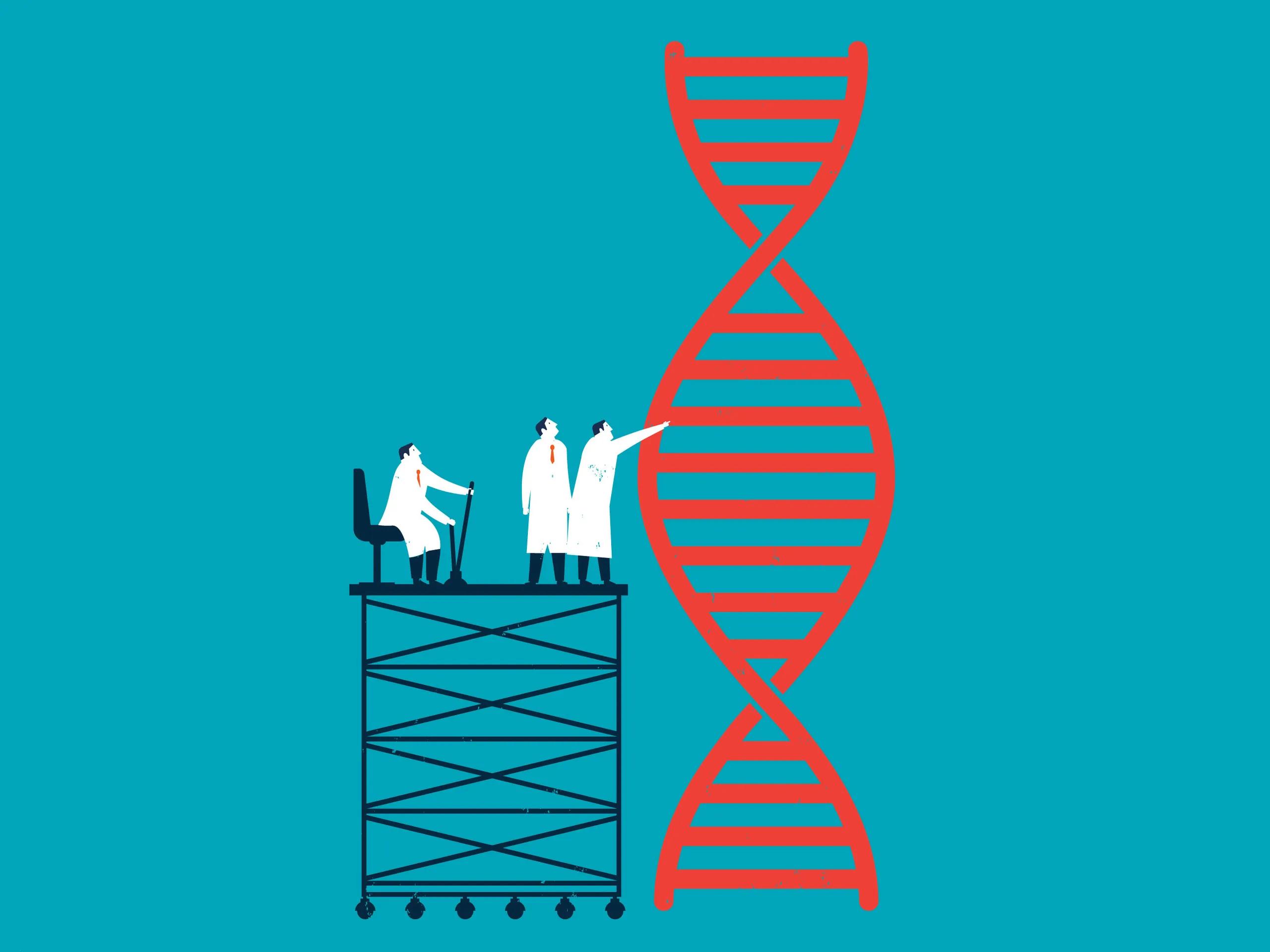
DNA (deoxyribonucleic acid) is introduced as the blueprint of life, a double-stranded helix that contains the vital genetic instructions necessary for the growth, development, and reproduction of all living organisms. Within cells, DNA is organized into chromosomes, which are tightly packed structures that ensure the precise distribution of genetic material during cell division. Humans have 23 pairs of chromosomes (totaling 46), with one set inherited from each parent. Within these chromosomes are specific segments called genes.
Genes are the fundamental units of inheritance, composed of sequences of nucleotides that encode proteins and functional RNA. Each gene provides instructions for various traits and biological processes, such as eye color, height, and metabolic functions. The blog emphasizes the Difference between gene and chromosome: while DNA encompasses the entire genetic material, genes are distinct segments within that material that serve specific functions.
To further clarify the difference between gene and chromosome, the blog explains that chromosomes are larger, organized structures made up of DNA and proteins, while genes are specific sequences of DNA that dictate particular traits. Each chromosome contains multiple genes arranged in a systematic manner, allowing for proper functioning and inheritance.
The blog employs a library analogy to illustrate these concepts: DNA is likened to the entire library, chromosomes are the bookshelves that organize the content, and genes are the individual books containing specific instructions. This analogy effectively communicates the hierarchical relationship among DNA, genes, and chromosomes.
The discussion transitions to genetic testing, a critical tool for uncovering insights about health, ancestry, and genetic predispositions. Genetic testing aims to identify variations or mutations within genes that may be linked to inherited disorders. The blog outlines two primary types of genetic testing: diagnostic testing, which confirms or rules out genetic conditions based on symptoms or family history, and predictive testing, which assesses the likelihood of developing certain conditions in the future, such as BRCA1 and BRCA2 mutations associated with breast and ovarian cancers.
Additionally, the blog highlights pharmacogenomics, which studies how genetic variations influence individual responses to medications, enabling personalized treatment approaches. The importance of chromosomes in genetic testing is also discussed, particularly in prenatal and cancer diagnostics. Techniques like amniocentesis analyze fetal chromosomes for abnormalities, while cancer genetic testing examines chromosomal mutations to guide treatment decisions.
The blog concludes by addressing ethical considerations surrounding genetic testing, including privacy concerns, informed consent, and the broader implications of genetic information. It anticipates advancements in genetic testing methods that will enhance accessibility, affordability, and informativeness.
In summary, the blog underscores the significance of understanding the relationships among DNA, genes, and chromosomes for advancements in various fields, including medicine and agriculture. Genetic testing is positioned as a vital resource for revealing health information and inherited traits, empowering individuals and healthcare providers to make informed decisions. As genetic research progresses, the implications and applications of genetic testing are expected to grow, enhancing patient care and transforming healthcare practices.

















Write a comment ...